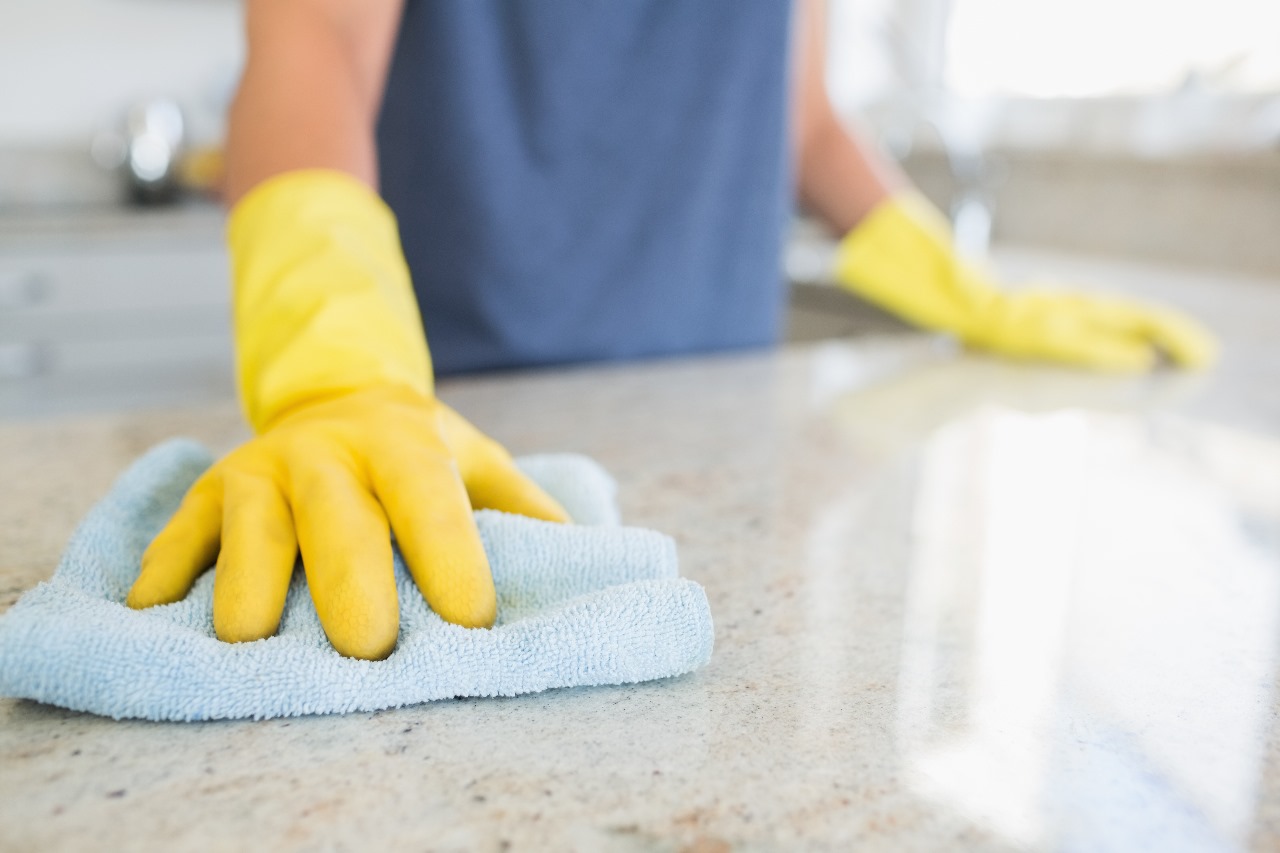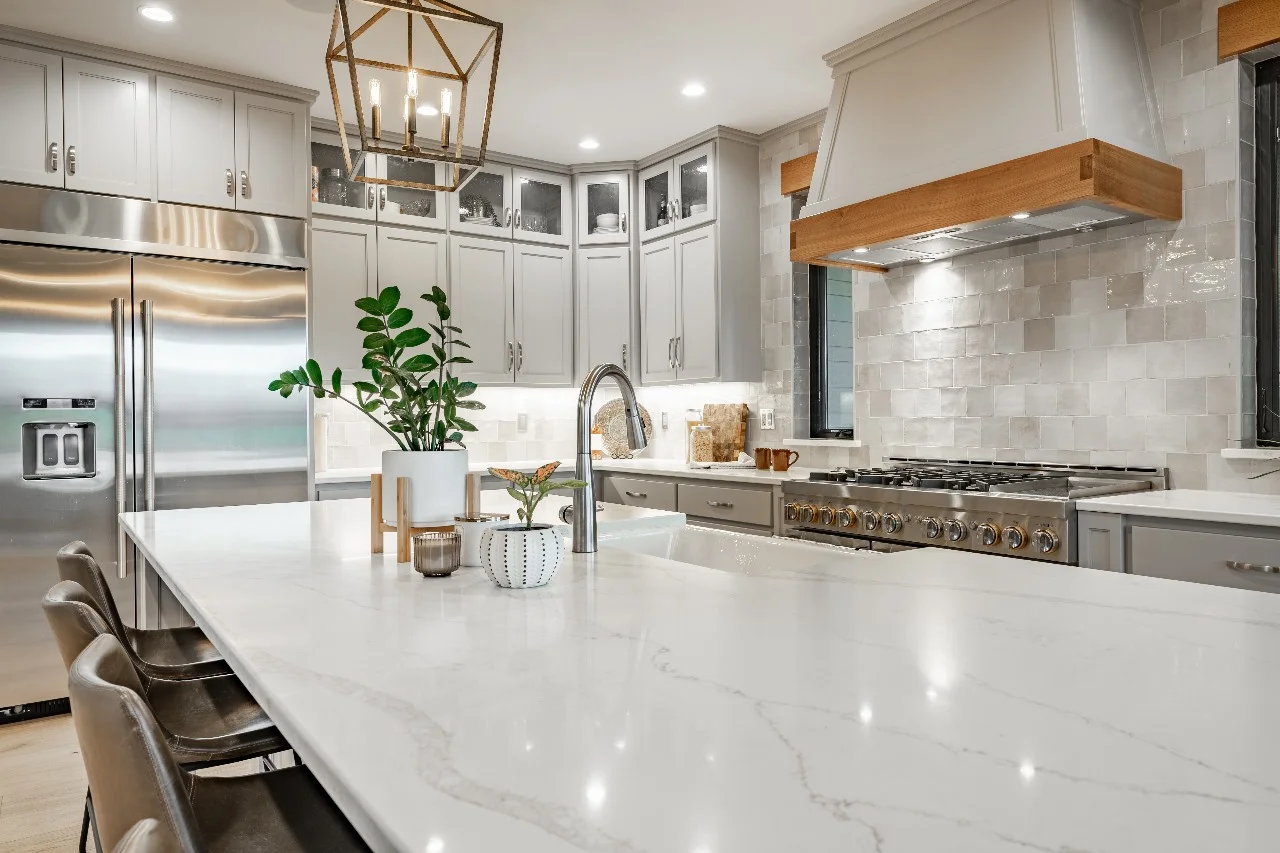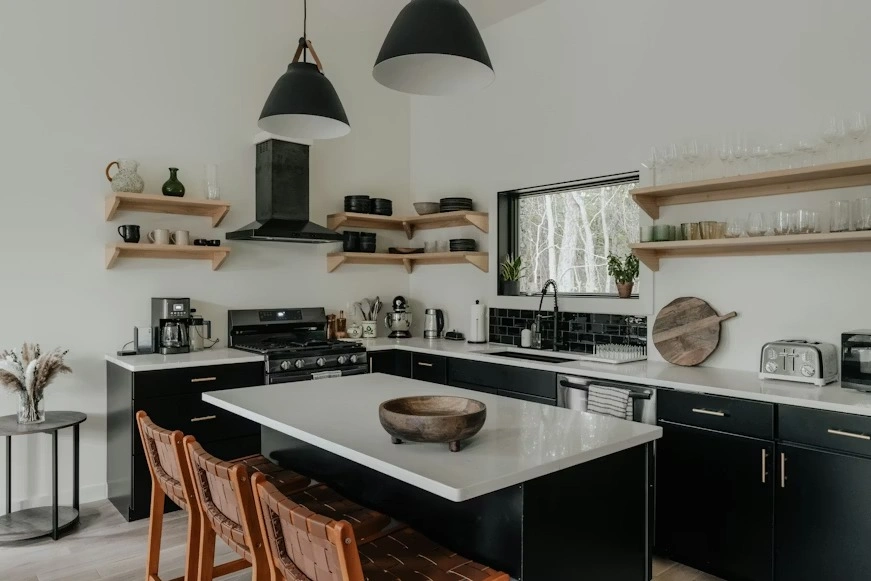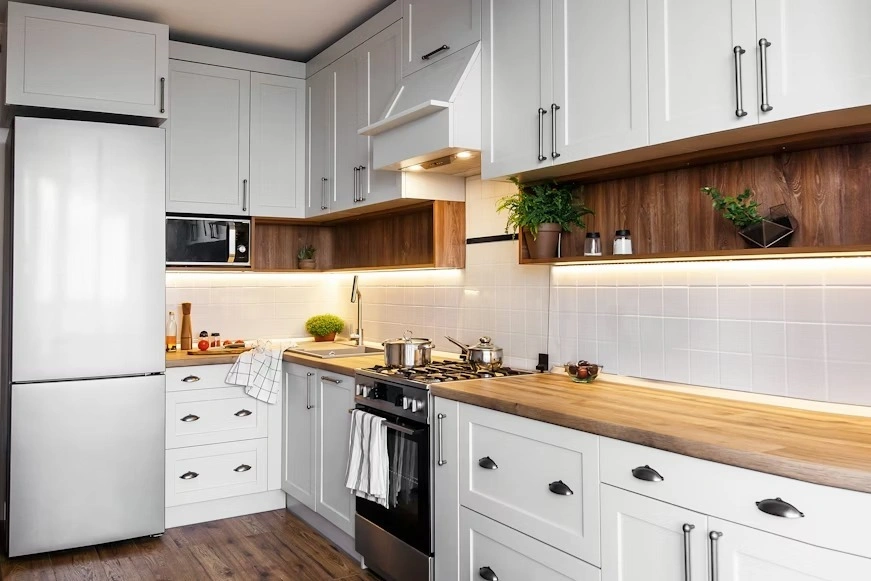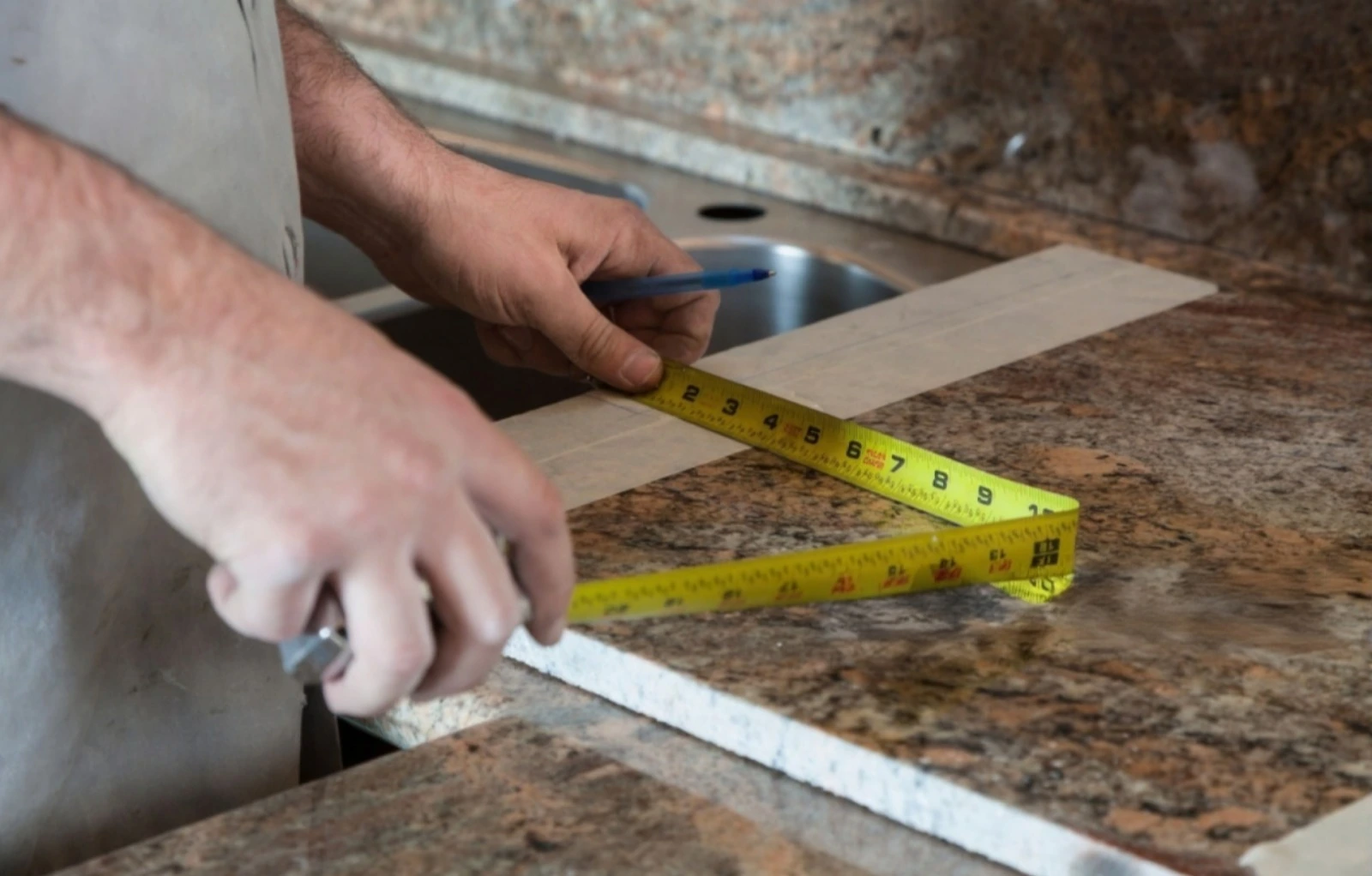Ever been mesmerized by a sparkling piece of quartz and thought, “Is this the real deal?” You’re not alone. With quartz being one of the most versatile and beautiful stones used in everything from jewelry to kitchen countertops, it’s no wonder people want to know how to spot the good stuff. Whether you’re shopping for a stunning quartz crystal necklace or renovating your home with high-quality quartz surfaces, knowing what to look for is crucial.
Let’s dive in and break it down.
Visual Characteristics of High-Quality Quartz
Clarity and Transparency
You know that feeling when you hold a crystal up to the light and it glows just right? That’s what you want. High-quality quartz should be relatively transparent or at least translucent. If it’s natural quartz, expect some inclusions here and there—but nothing cloudy or murky. Think of inclusions like freckles—charming in small doses, but overwhelming if they dominate.
Color Consistency
Whether it’s a vibrant rose quartz or deep amethyst, color consistency matters. A piece with a blotchy or uneven hue might be low grade or, worse, dyed. Real quartz shows natural beauty through uniform tones and gentle gradients. If you notice color zoning that feels off or looks too dramatic, it might be synthetic quartz in disguise.
Surface Luster
Ever seen quartz that shines like a polished mirror? That glass-like sheen is your sign. The luster of high-quality quartz is bright and almost wet-looking. Dull surfaces, scratches, or pitting are red flags unless it’s raw and unpolished. In finished stones, shine equals shine-worthiness.
Does a Quartzite Countertop Increase Home Value?
Structural and Physical Properties
Hardness
Quartz is no pushover. Ranking 7 on the Mohs scale, it should resist scratches like a pro. If a piece gets scuffed easily by a steel blade or shows wear too quickly, something’s fishy. A quick scratch test (carefully, of course!) can tell you a lot about a quartz crystal’s integrity.
Fracture and Cut
Let’s talk breakups—quartz style. Genuine quartz tends to fracture with a conchoidal pattern (think: shell-like ripples). It’s actually quite pretty if you look close. In cut pieces, sharp, clean lines and a smooth finish show skilled craftsmanship and superior quality. Jagged or chipped edges? No thanks.
Authenticity Indicators
Natural vs. Synthetic Quartz
Here’s the tea: synthetic quartz isn’t always bad, but it’s definitely not natural. Natural quartz often has slight imperfections, zoning, or inclusions. If it looks too perfect, too symmetrical, or just too… sterile, you’re likely looking at lab-grown material. Weight can also give it away—fake quartz sometimes feels oddly light.
UV Light Test
Ready for a little science fun? Natural quartz may fluoresce under UV light, glowing faintly white or blue. Synthetic quartz? Not so much. Grab a blacklight and try this at home—just don’t expect a laser show.
Origin and Certification
Source and Provenance
Brazilian quartz? Yes, please. Madagascar quartz? Also a gem. Quartz from reputable origins tends to be more consistent in quality and durability. If your supplier can trace the stone’s journey from mine to showroom, that’s a green flag.
Gemstone Certification
You wouldn’t buy a luxury car without paperwork, right? Same goes for high-end quartz. Reputable sellers often provide gemstone certification to validate the quartz quality. These certificates come from gemological institutes that check everything from structure to authenticity.
Common Pitfalls and Red Flags
Bubbles Inside the Stone
Tiny bubbles are cute—in champagne, not in quartz. If you see bubbles trapped inside, chances are you’re dealing with glass, not a gemstone. Unlike natural quartz inclusions, bubbles are a clear sign something’s off.
Too-Perfect Appearance
A little flaw gives character. If the quartz is flawless, too glossy, or lacks any zoning or inclusions, it could be synthetic. Remember, perfection is a human creation—Mother Nature always leaves her mark.
Conclusion
So, how can you tell if quartz is high-quality? Easy—just trust your eyes, your hands, and your gut. Look for clarity, check the hardness, inspect the luster, and always question perfection. Whether you’re examining a sparkling crystal or shopping for a quartz countertop at Superior Granite, knowing what makes quartz top-tier helps you make a confident, informed choice.
And hey, when in doubt, ask for certification or get a second opinion. Quartz quality isn’t just about looks—it’s about authenticity, longevity, and that undeniable spark that only real gemstones carry.
Now it’s your turn! Got a piece of quartz you’re not sure about? Share your experience in the comments or visit Superior Granite for expert advice and a top-tier selection of authentic, high-quality quartz.
FAQs
Is cloudy quartz always low quality?
Not always. Some quartz varieties—like milky quartz—are naturally cloudy and still considered valuable. But in general, excessive cloudiness in clear quartz can indicate lower quality.
Can I test quartz quality at home?
Yes! Try a scratch test, inspect it under a magnifying glass, or even use a UV light. But for high-value pieces, professional testing is best.
What is the price range for high-quality quartz?
Prices vary based on size, cut, origin, and quality. High-quality quartz can range from $20 to several hundred dollars per piece.

